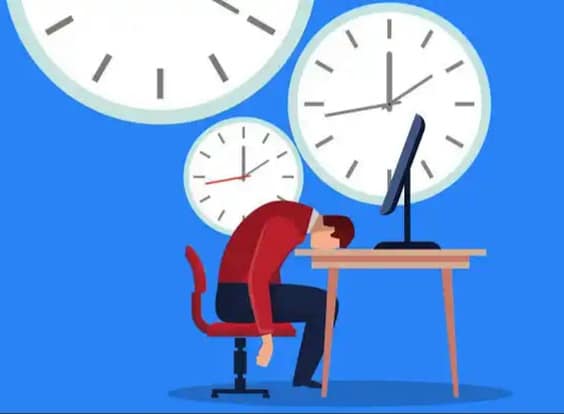Long working hours cause 745,000 deaths – UN study

Long working hours led to 745,000 deaths from stroke and ischemic heart disease in 2016.
This is according to estimates by the World Health Organisation (WHO) and the International Labour Organisation (ILO) published on Monday.
Ischemic or ischaemia is a restriction in blood supply to tissues, causing a shortage of oxygen that is needed for cellular metabolism (to keep tissue alive).
The WHO and ILO estimate that 398,000 people died from stroke and 347,000 from heart disease in 2016 due to having worked at least 55 hours a week.
Between 2000 and 2016, the number of deaths from heart disease due to working long hours increased by 42 per cent and from stroke by 19 per cent.
This work-related disease burden is particularly significant in men as 72 per cent of deaths occurred among males, people living in the Western Pacific and South-East Asia regions and middle-aged or older workers.
The study concludes that working 55 or more hours per week is associated with an estimated 35 per cent higher risk of a stroke and a 17 per cent higher risk of dying from ischemic heart disease, compared to working for 35-40 hours a week.
The study also notes that the number of people working long hours is increasing and currently stands at nine per cent of the total global population.
“The COVID-19 pandemic has significantly changed the way many people work,’’ WHO Director-General, Tedros Ghebreyesus said.
“Teleworking has become the norm in many industries, often blurring the boundaries between home and work.’’
“No job is worth the risk of stroke or heart disease.
“Governments, employers and workers need to work together to agree on limits to protect the health of workers,’’ Ghebreyesus asserted. (dpa/NAN)






